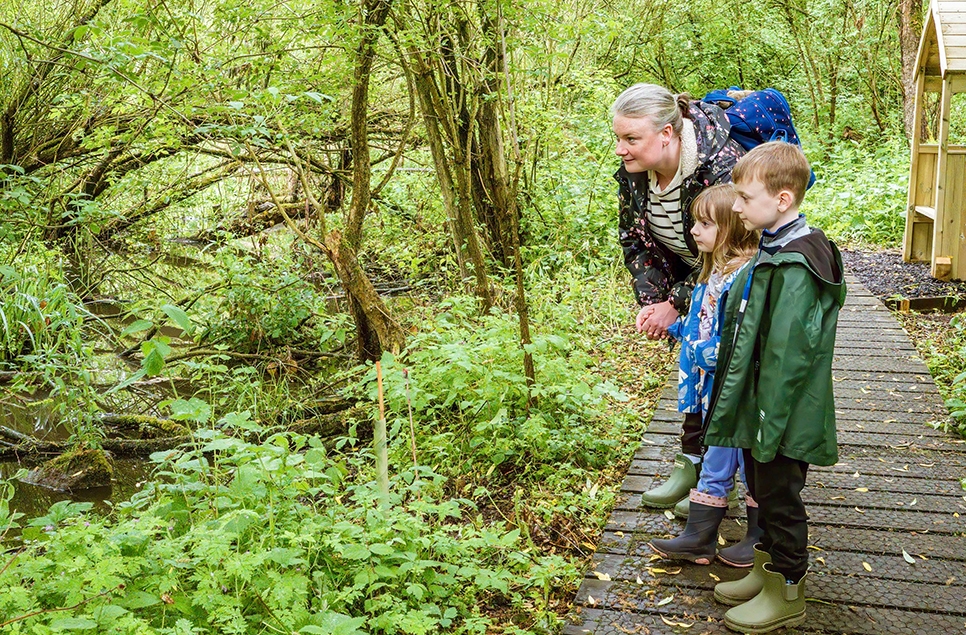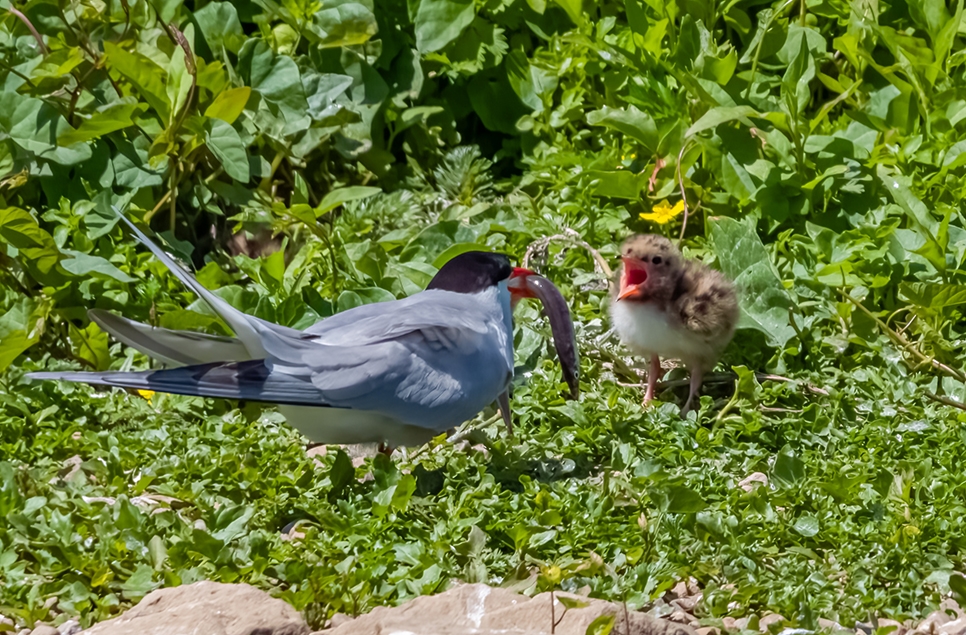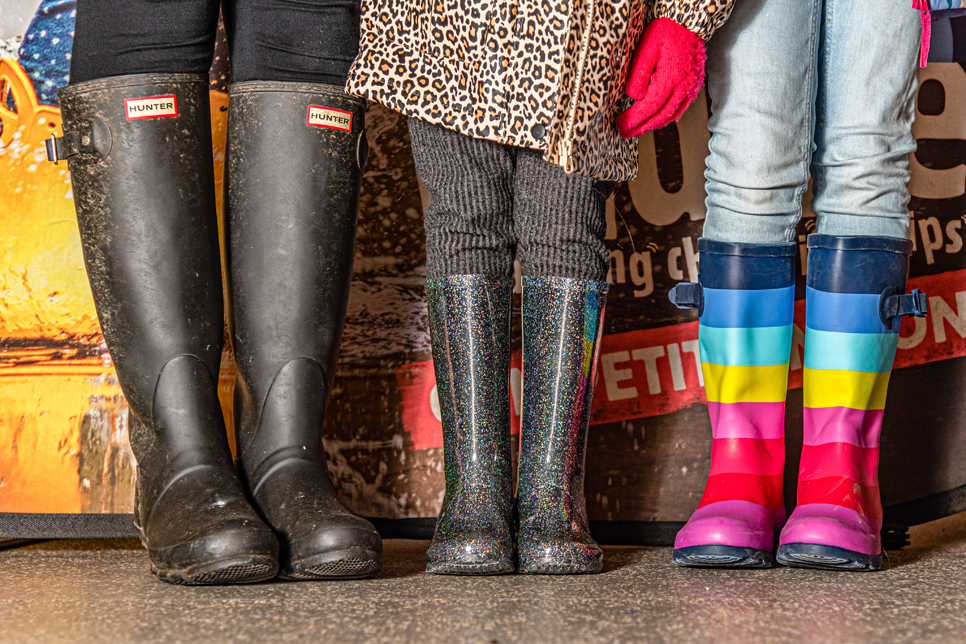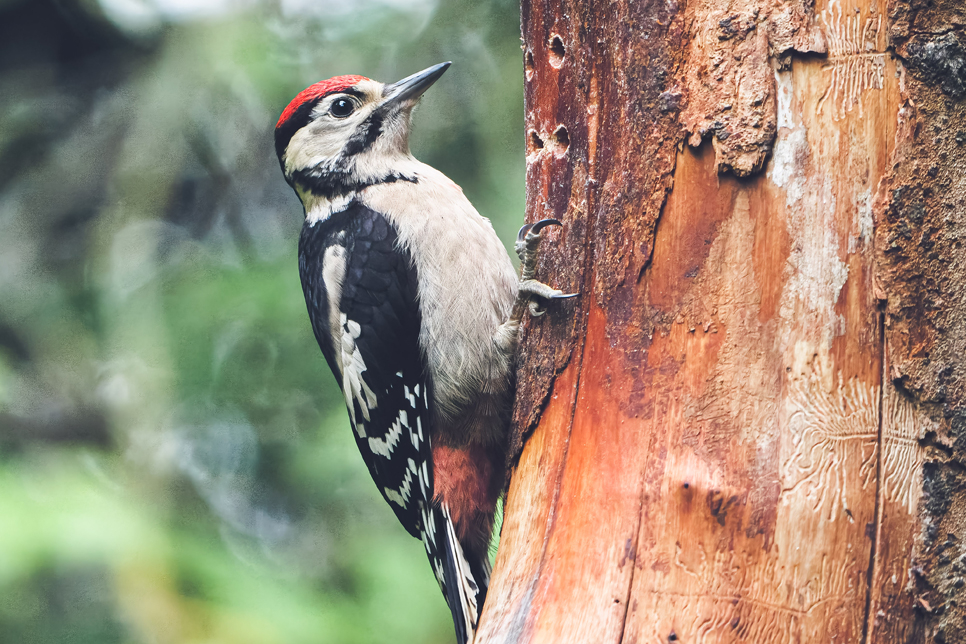Washington warden joins international effort to save swan species

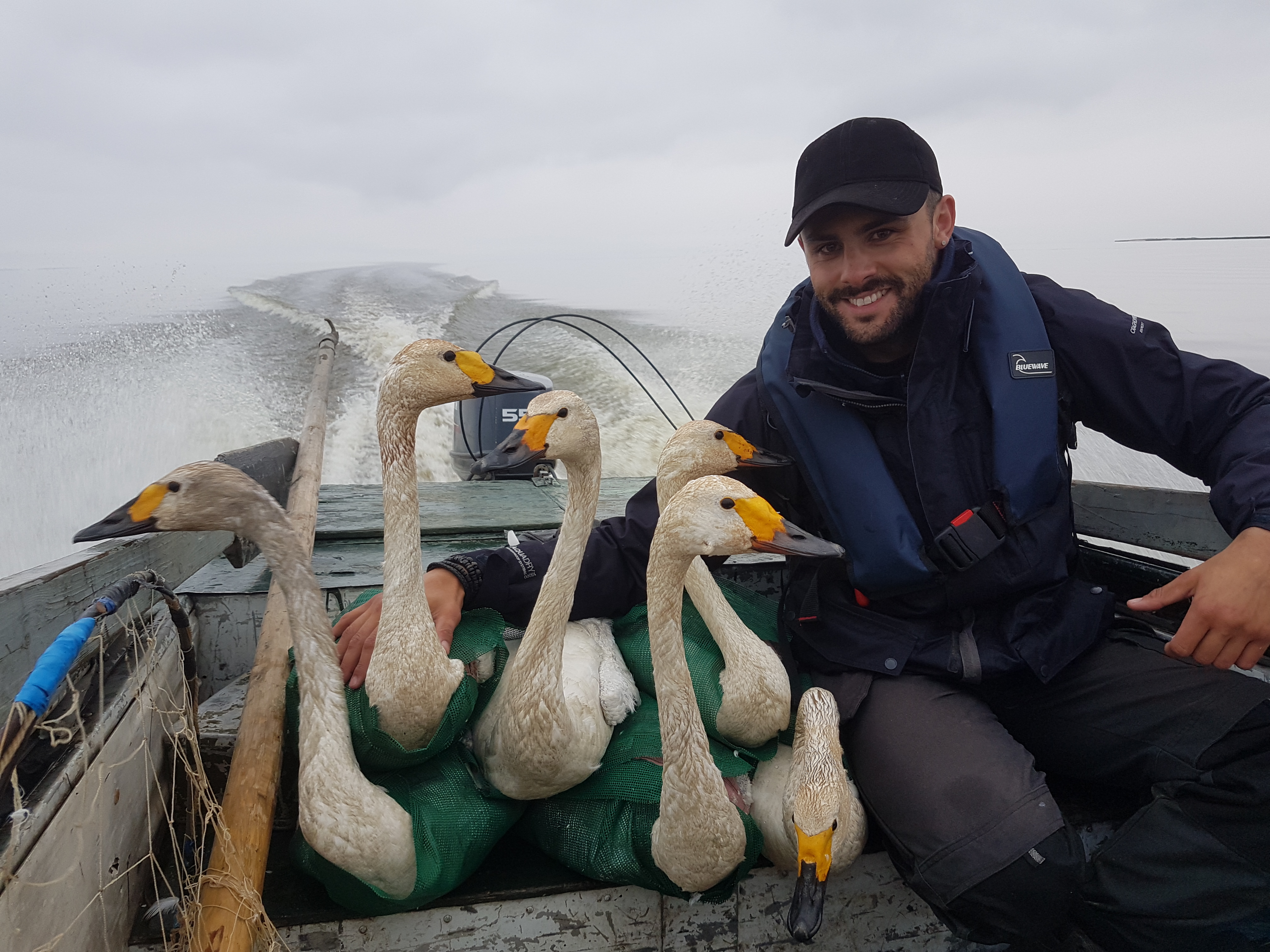 Catching and ringing Bewick’s swans on the Russian tundra is no normal business trip. The birds are truly wild and as such favour the remote. Our reserve warden David Dinsley spent two weeks alongside these iconic birds in August as part of Expedition Bewicks; camping seven hours from the nearest town, eating fish from the local lake and washing outdoors in temperatures as low as three degrees.
Catching and ringing Bewick’s swans on the Russian tundra is no normal business trip. The birds are truly wild and as such favour the remote. Our reserve warden David Dinsley spent two weeks alongside these iconic birds in August as part of Expedition Bewicks; camping seven hours from the nearest town, eating fish from the local lake and washing outdoors in temperatures as low as three degrees.
So, after two weeks of digital detox, navigating rough seas, sheltering from thunderstorms and witnessing incredible wildlife spectacles, what does he have to say now that he is back on North East soil?
So David, good to have you back! Firstly, can you tell us what the purpose of the expedition was?
“The aim of the trip was to catch and ring Bewick’s swans as part of WWT’s long-term conservation of the species, which all began with our founder Sir Peter Scott in the 1960s.
“I joined the team on what is now an annual catching, ringing and monitoring trip with the goal of ringing as many birds as possible in two weeks, to increase the number of individuals that can be identified in the field.
“We travelled by boat to remote areas of the Russian tundra frequented by these critically endangered birds and in total tagged 60 Bewick’s, ten of which had been ringed before, as well as nine mute swans and five whoopers.
“As well as ringing the adult and yearling birds, we noted 24 cygnets and 10 families, compared to just one cygnet in 2017 – a good early indication of a successful breeding season this year.”
How was it that you came to be part of the expedition?
“I was selected to join the expedition after talking to WWT’s Monitoring Assistant Kane Brides, who was visiting WWT Washington for some Recorder 6 training (a tool for the collating and recording of species and habitat information).
“He offered me the invite and it was agreed with the centre team here that we could accommodate this by the rest of the team covering my centre-based tasks, allowing me to be part of this vital and exciting work.”
And the data you collected, what happens to that?
“The biometrics that were taken, including bill patterns, ring numbers, weight and sex, go onto a main database so we can easily track ringed birds if they’re seen again.
“Re-sightings of these ringed swans as they journey back across Europe to over-winter in the UK gives researchers information on the movements, site fidelity, breeding success and survival of individual birds – vital data which helps answer important questions about their population decline.”
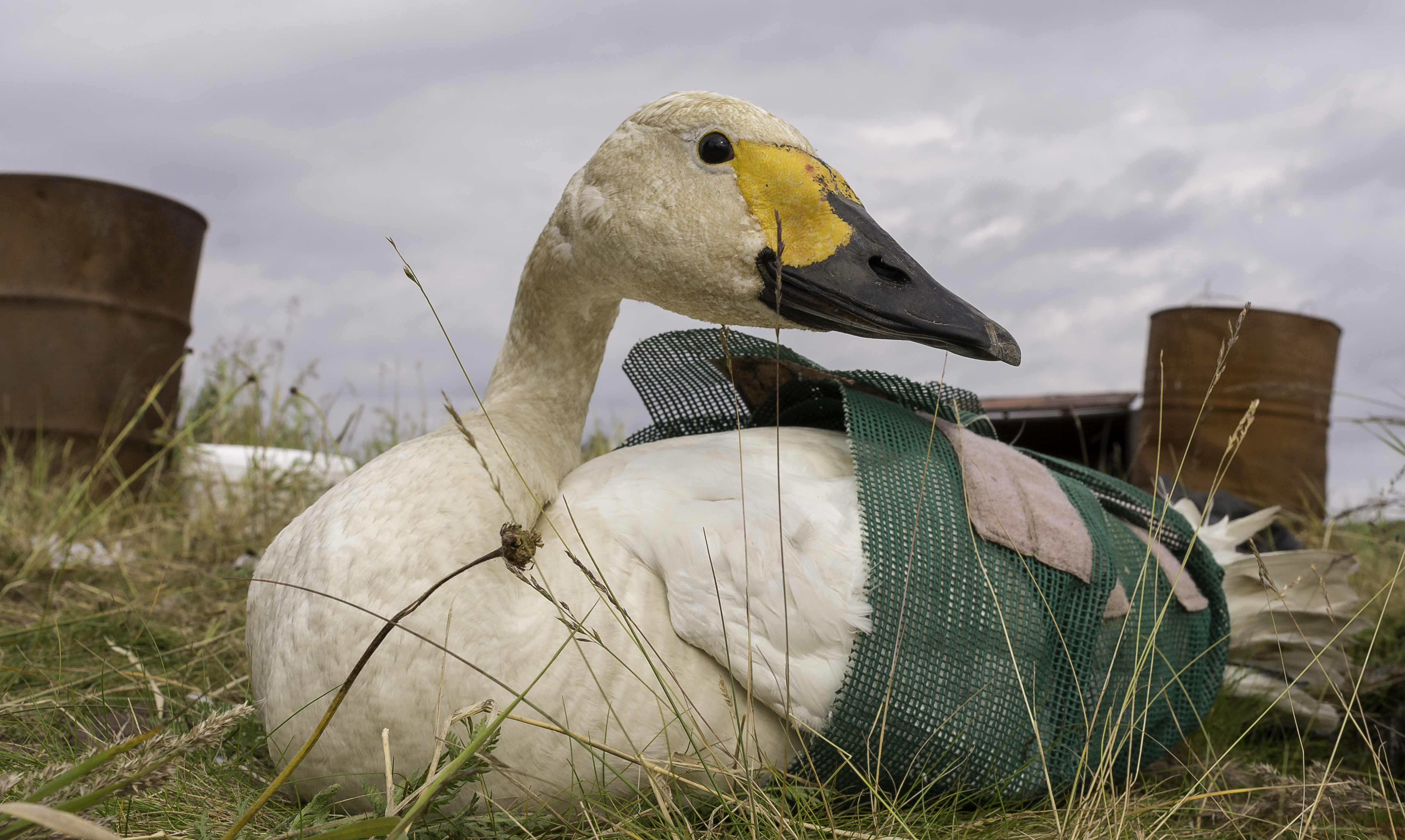 How did you and the rest of the team prepare for going out there?
How did you and the rest of the team prepare for going out there?
“To prepare for the physical process of handling the Bewick’s swans I helped Andy Rickeard from Northumbria Ringing Group with the catching and ringing of mute swans in Newcastle and Northumberland, which was a first for me. Mute swans are much bigger than Bewick’s so it was great practice.
“I also vent sexed barnacle geese in the collection at WWT Washington – again, a different species but same principle!
“Behind-the-scenes I had several rounds of vaccinations, made a trip to London to sign my visa off and plans were put in place to make sure my work here on the reserve at WWT Washington was covered in my absence; a big team effort that I’d like to thank everyone very much for. It was massively appreciated.
How was the weather?
“In a word, changeable! Windy one minute, bright sunshine the next and then thunderstorms soon after. The wind and rain actually stopped a couple of days’ catching and bad weather caused a delay from Nar’yan Mar to the camp site.
“There was a particularly huge thunderstorm one night and our tents were perfectly waterproof but the fisherman’s hut we were sheltering in leaked profusely!
What other wildlife did you experience during the trip?
“In no particular order…
Arctic fox and cubs
Arctic skua
White-tailed eagles (forgot how big they are, saw lots of juveniles flying closer than I’ve ever seen before).
Summer plumage black-throated divers (saw 15 displaying and calling on a pool. This was great as in the UK I wouldn’t get to see them in this plumage).
Bluethroat
Peregrine
Hen harriers (lots, which was great to see, following the same hunting pattern routes. They are endangered in the UK so to see so many was fantastic).
Duck species – pintail, wigeon, common scoter and ducklings, long-tailed duck
Waders – grey plover, dotterel, ruff, red-necked phalarope, whimbrel, various sandpipers, little stint
Tundra bean geese
Arctic tern
Coypu (a small beaver)
“I wasn’t, but it felt like I was on the top of the world. It was so vast and open that you could literally see the weather patterns changing around you. Not many Brits, or even Russians, get to go up there. As a human, sharing the territory of such incredible wildlife was an amazing experience I’ll not forget.”
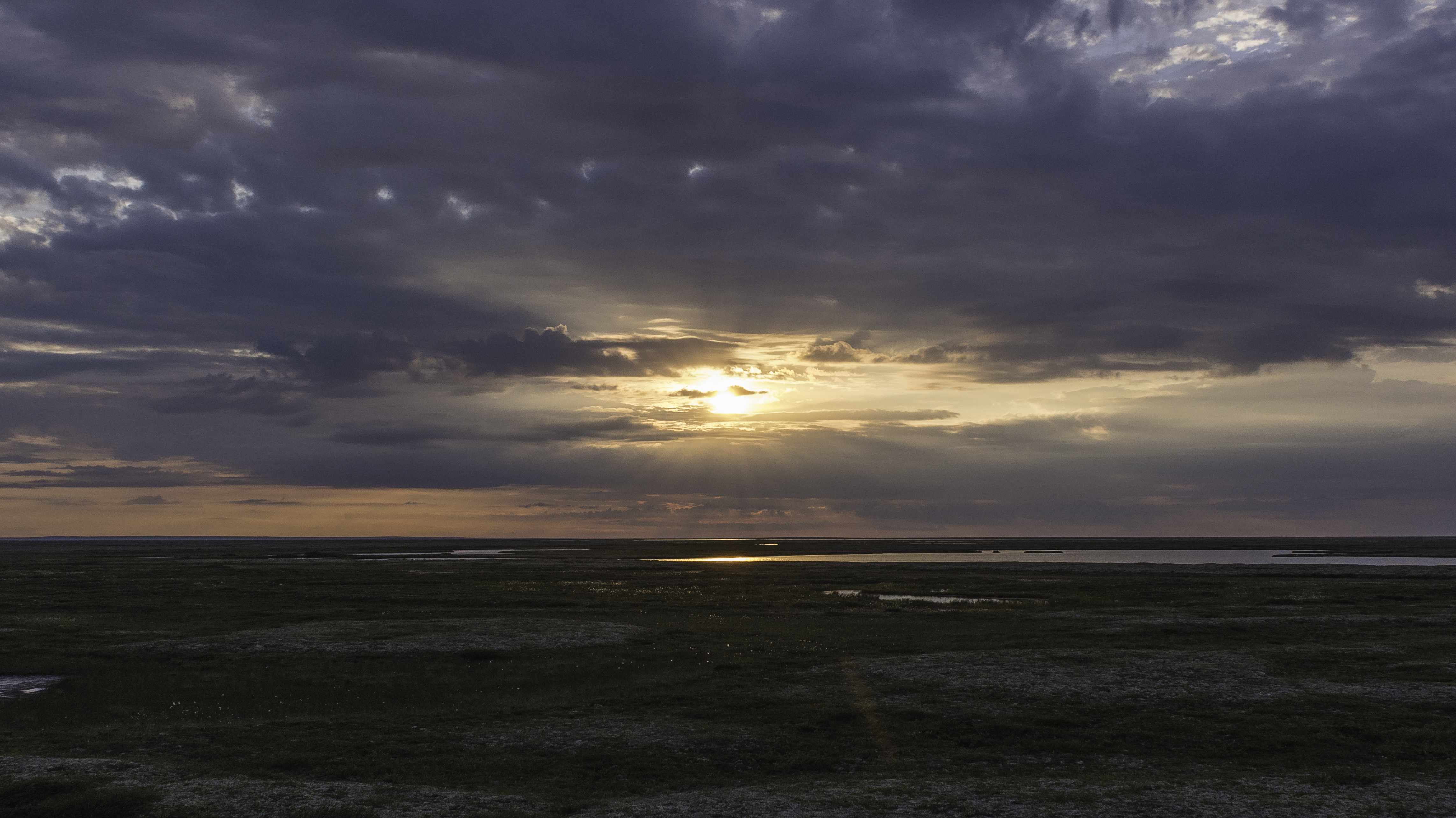 Were there any hairy moments!?
Were there any hairy moments!?
“I nearly fell out of a boat during a catch. They go 20-30mph and are quite small. Catching is done while moving on often rough seas so balancing, while holding a long-handled net, is pretty difficult! The swans also dive and disappear out of sight, making it even more problematic.
And what was the most inspiring thing that happened?
“Being part of the whole project itself was inspiring. Releasing the swans back into their environment was great to watch and be a part of.
“It was also great to work alongside the Russian rangers from Zapovednik and personally, I’ve achieved something I really wanted to do; contribute to a long-term conservation strategy and experience catching and working with wild swans out in the field.
"I’m proud to be part of the ongoing efforts to continue Sir Peter Scott’s legacy.”
(This difficult expedition would not have been possible without the help and active participation of Russian colleagues from the Nenetsky Zapovednik, who have been protecting this important breeding and moulting area for the swans and many other waterbird species since the area was designated as a National Nature Reserve (known as a “zapovednik”) by the Russian Government in 1997).
